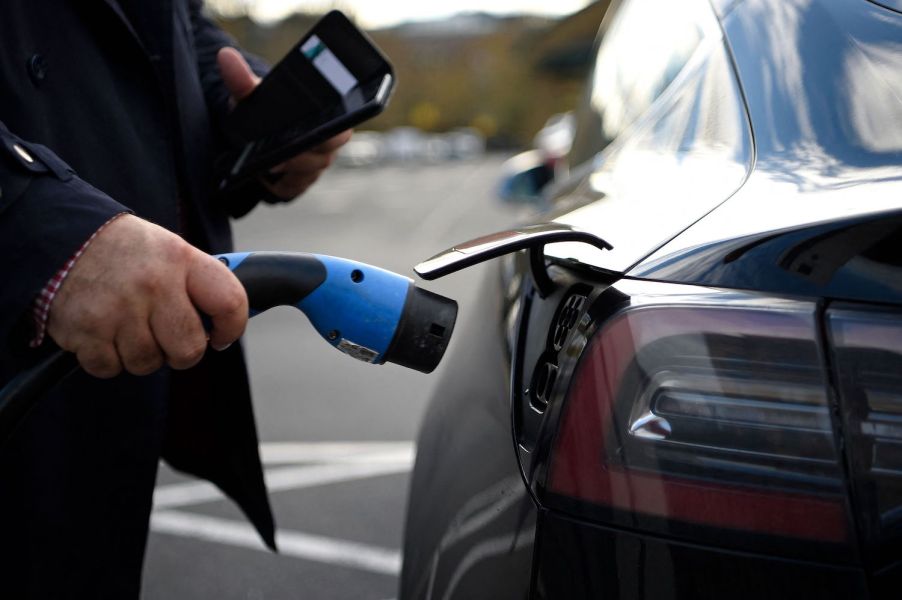
How Long Does It Take to Charge an Electric Vehicle (EV) With Level 3 Charging?
As electric vehicles (EVs) become more and more popular in the automotive market, it’s important that consumers learn the ins and outs of EV terminology. One important element to understand about EVs is how charging works. When it comes to charging EVs, there are three charging speeds to choose from, with Level 1 being the slowest and Level 3 being the fastest.
A Level 3 charging station is also referred to as a Direct Current Fast Charging (DC Fast Charge) or Supercharging. Depending on the weather make, model, and connector type, a Level 3 charging station can charge an EV to at least 80% in 20 to 60 minutes. Another important note is that most plug-in electric hybrid vehicles or PHEVs on the market do not currently work with Level 3 supercharging. What else do you need to know about these chargers?

What equipment is needed for EV Level 3 charging?
To better understand EV charging, it is important to learn more about the equipment needed to build a charging station. When it comes to Direct Current Fast Charge or Level 3 equipment, it is typically a three-phase AC input that supplies between 50 to 350 kW and allows for rapid charging.
According to the U.S. Department of Energy, there are three types of Level 3 charging systems. The three types of charging systems are dependent on the type of charging port on the vehicle. The three charging ports are the SAE Combined Charging System (CCS), the CHAdeMo, and Tesla.
The CCS connector, also known as the SAE J1772 combo, is the only connector that can use the same charge port when charging at Level 1, Level 2, and Level 3 stations. The Tesla connector is available on Level 1 and Level 2 charging stations.
However, all Tesla vehicles come with a CCS adapter which enables all Teslas to use non-Tesla charging equipment. The CHAdeMo connector is only available on Level 3 stations.
Understanding charging rates for EVs
When it comes to Level 3 charging rates, things aren’t quite so straightforward. Leading sources in the industry all have varying concepts of how long it takes to charge an EV to 80%.
Of course, EV charging rates will also vary based on the make, model, and connector type. According to Forbes, the charging speed on a Level 3 charging station is 3 to 20 miles per minute. In comparison, Neo Charge reports that these chargers garner about 3 to 15 miles per minute and that the charging duration to reach 80% is around 30 minutes.
While charging rates vary, one thing that is certain is that it takes longer to go from 80% to 100% than it does to get from 0% to 80%. That’s one reason why Neo Charge recommends only using DC charging stations to reach 80% and using Level 1 or Level 2 charging stations to reach 100%. Overall, DC Fast Charging can garner about 100 to 200+ miles of range per 30 minutes of charging.
Where are Level 3 charging stations commonly located?
According to the U.S. Department of Transportation, Level 1 and Level 2 charging stations can be installed at home. In comparison, Level 3 charging stations are generally only found in public locations. This is because Level 1 and Level 2 charging stations use alternating current (AC) and Level 3 uses direct current (DC).
Very few residential areas have enough high-voltage supply to support a these high-powered charging systems. In addition, these charging stations often cost tens of thousands of dollars to install, which is simply not feasible for the majority of EV drivers. So, if you’re interested in Supercharging your EV, you will need to find a Level 3 charging station in a public location.


